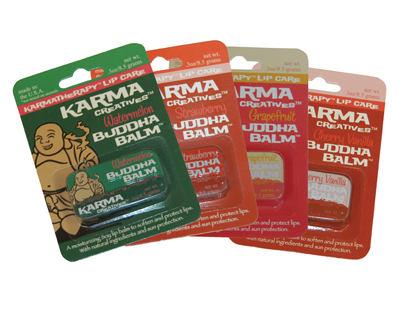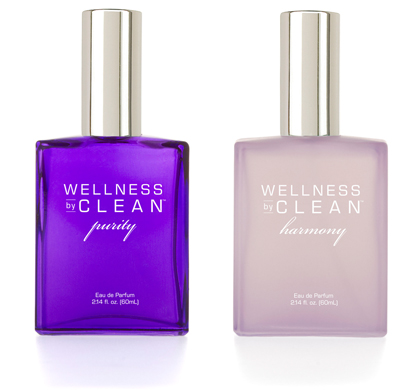Lately, chemical sunscreens have come under fire. Some are claiming the chemicals that make them effective break down more quickly than originally estimated, leaving your skin unprotected much sooner than you would think. Therefore, a chemical sunscreen with an SPF 30 is not the same as a physical sunscreen with an SPF 30.
So what’s the difference between physical and chemical sunscreens? A physical sunscreen contains active ingredients like Titanium Dioxide and Zinc Oxide, which actually reflect UVA and UVB rays off of the surface of the skin. Incredibly effective, physical sunblocks are the preferred choice of those who spend an entire day in the sun. They also tend to not blend into the skin as easily as a chemical sunscreen, which is why lifeguards are often seen sporting a nose slathered in white cream.
Chemical sunscreens contain active ingredients like Oxybenzone and PABA, which actually absorb into the skin, rendering the lotion invisible. These ingredients actually absorb UVA and UVB rays, rendering the rays harmless to the skin. Unfortunately, some of these sunscreens can also irritate sensitive skin.
So if neither is perfect… which sunscreen should you invest in this summer? The next three weeks of Raging Rouge posts are dedicated to "Summer Must Haves", including the best sunscreens, pedicure polishes, scrubs, and more! Get out your pencil, because you’ll want to use these next posts as a guide for your summer shopping!

 Flying off the shelves at stores like Urban Outfitters, Kitson, Planet Blue, Ricky’s NYC and Planet Beauty are these adorably kitschy retro slider tins packed with glosses in sheer shades of berry, pink and beige.
Flying off the shelves at stores like Urban Outfitters, Kitson, Planet Blue, Ricky’s NYC and Planet Beauty are these adorably kitschy retro slider tins packed with glosses in sheer shades of berry, pink and beige. 